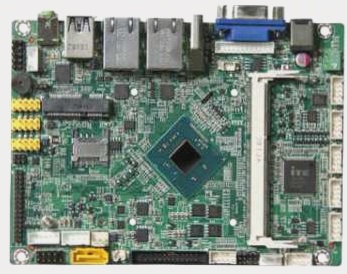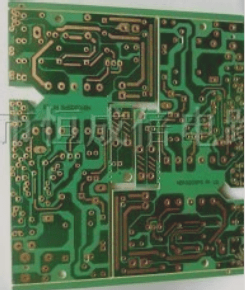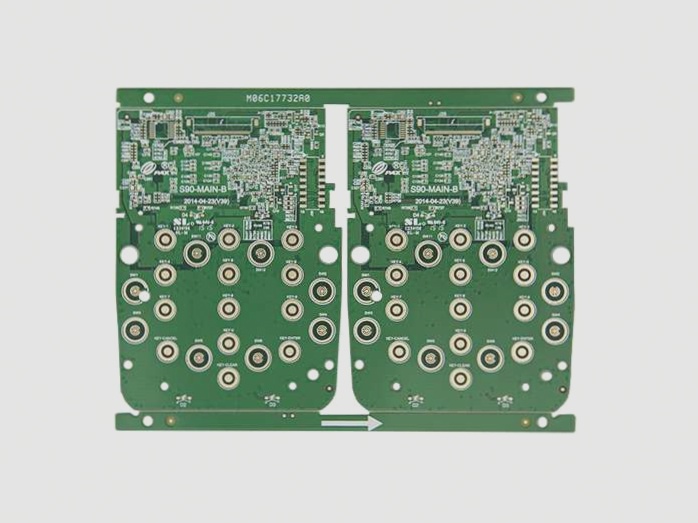The Importance of Proper Maintenance for Nickel Plating Solution in PCB Fabrication
When it comes to nickel plating in PCB fabrication, maintaining the plating solution is crucial for achieving high-quality results. Here are some key aspects to consider:
1. Temperature Control
- Operating temperature: Maintain at 55-60 degrees Celsius for optimal results.
- Effects of temperature: Higher temperatures can lead to low internal stress and good ductility in the nickel plating layer.
- Risks of high temperature: Excessive heat can cause hydrolysis of the nickel salt solution, leading to pinholes in the coating.
2. pH Level Management
- Optimal pH range: Keep the pH between 3-4 for the nickel plating electrolyte.
- Impact of pH: pH value influences coating performance and electrolyte properties.
- Effects of pH extremes: High pH can result in hydrogen bubbles, while low pH can affect coating brightness.
3. Anode Maintenance
- Soluble anodes: Common practice involves using titanium baskets with nickel corners for anode installation.
- Anode care: Regularly clean and check titanium baskets to prevent contamination of the plating solution.
4. Contamination Treatment
- Organic contamination: Use activated carbon for treatment, but be prepared to supplement stress relief agents.
- Treatment process: Includes impurity removal, hydrogen peroxide addition, and filtration for optimal plating solution quality.
5. Process Regulation
- Regular analysis: Periodically analyze the plating solution composition and conduct Hull cell tests for quality control.
- Parameter adjustments: Guide production departments in adjusting parameters based on analysis results for consistent quality.
By following these maintenance practices, you can ensure the efficiency and effectiveness of the nickel plating process in PCB fabrication.
The Importance of Stirring in Nickel Plating Process
Nickel plating, like other electroplating processes, relies on stirring to accelerate mass transfer and maintain a stable current density. Effective stirring helps reduce concentration changes and prevent the formation of pinholes in the nickel plating layer.
Preventing Pinholes in Nickel Plating
During electroplating, inadequate stirring can lead to the formation of pinholes due to the accumulation of hydrogen bubbles near the cathode surface. These bubbles can cause pH changes and the production of nickel hydroxide colloid, resulting in pinhole defects in the plating layer.
Methods of Stirring
- Compressed air
- Cathode movement
- Forced circulation (carbon core and cotton core filtration)
Impact of Cathode Current Density
The cathode current density plays a crucial role in the efficiency, deposition rate, and quality of the nickel coating. The relationship between current density and efficiency varies based on the pH of the electroplating bath.
Choosing the Right Current Density
When selecting a cathode current density for nickel plating, factors such as solution composition, temperature, and stirring conditions should be considered. Typically, a current density of 2A/dm2 is suitable for PCBs, considering the different current requirements of high and low current areas.




